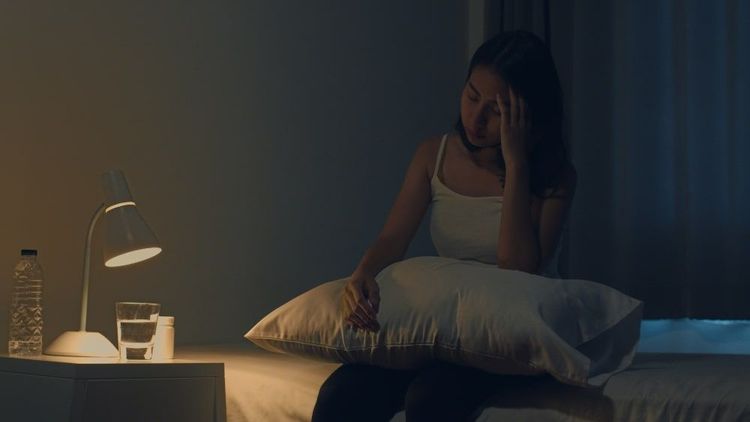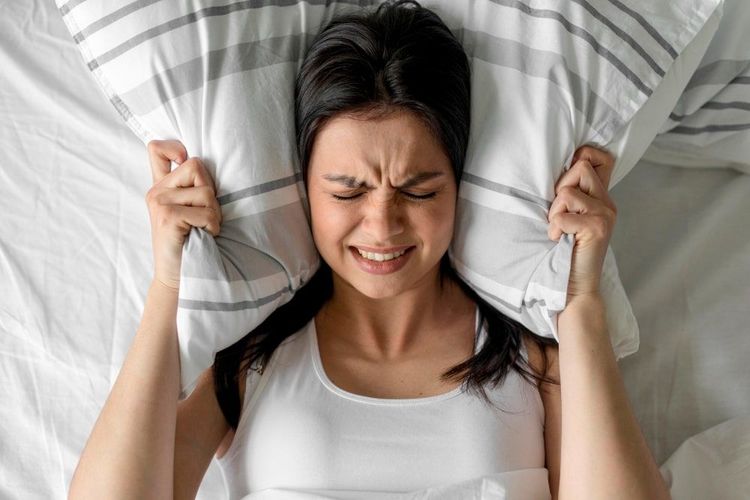Sleep sits at the crossroads of health, productivity, and mood. Miss a night, and everything feels heavier. Chronic lack of quality sleep can fuel weight gain, irritability, and brain fog. No wonder people search for ways to measure their nightly rest.
Sleep trackers have become the go-to solution. They promise insights about when you sleep, how long you sleep, and how deeply you rest. But can a small band on your wrist, a ring, or a device under the mattress really capture something as complex as sleep?
The question matters. These gadgets are everywhere, marketed as tools for better health. But hype and science don’t always match. Let’s explore how sleep trackers work, what they measure, how reliable they are, and whether they deserve a place on your nightstand.
What sensors are in sleep trackers?
Every tracker begins with sensors. Think of them as tiny detectives gathering clues from your body during the night. The most basic ones include accelerometers. These record movements as you toss, roll, or shift. Stillness often means deep sleep, while fidgeting suggests lighter stages.
Heart rate sensors take the analysis further. Using light-based technology, often green LEDs, they shine into your skin and read blood flow changes. The result: a real-time estimate of heartbeats. Heart rate variability helps infer when you’re calm in deep sleep or dreaming in REM sleep.
Some models integrate pulse oximetry. That’s the same tech used in hospitals with those fingertip clips. It estimates oxygen saturation in the blood. A dip in oxygen overnight could point to breathing interruptions such as mild apnea.
Premium devices sometimes include temperature sensors, microphones, or even mini ECGs. Combined, these tools paint a more detailed map of the night’s journey. Yet they all remain indirect proxies compared with lab-grade equipment.
How do scientists test sleep trackers?
Researchers don’t simply trust gadget marketing. They compare trackers against polysomnography, the gold-standard sleep test. Imagine a lab room with sensors glued to your scalp, chest, and legs. These measure brain waves, eye movements, muscle tension, heart activity, and breathing with clinical precision.
When scientists run trials, participants wear both the lab equipment and the consumer tracker. Results are compared side by side. Does the tracker estimate sleep onset within a few minutes? Does it miss awakenings the lab detects? These comparisons reveal strengths and flaws.
Some studies also test trackers in less controlled environments. For example, researchers may let volunteers sleep at home but under partial monitoring. This shows whether trackers handle noisy bedrooms, restless pets, or shifting bedding conditions.
The verdict? Most trackers capture total sleep duration reasonably well. But classifying exact sleep stages remains tricky.
How accurate are sleep trackers?
Accuracy varies widely. Wristbands and smartwatches do fairly well at spotting when you fall asleep and wake up. They struggle with distinguishing between light and deep sleep, though. Quiet wakefulness—lying still but not asleep—often confuses the algorithms.
Headbands or rings placed closer to arteries or the brain sometimes achieve better precision. They can track subtle physiological changes more directly. Yet even they cannot match full polysomnography.
Does this mean they’re useless? Not really. Most people don’t need minute-by-minute medical charts. What they want is trend data: Do I sleep longer after skipping late-night caffeine? Does stress shorten my deep sleep? Trackers usually answer those questions.
Think of them like fitness watches for running. They may not measure each stride perfectly, but they show whether you’re improving overall.
Do I need a sleep tracker?
The answer depends on your goals. Someone who already sleeps eight hours with no problems may not gain much. But if you wake up groggy, nod off at work, or suspect poor rest, a tracker offers clues.
They’re especially handy for lifestyle experiments. Cut alcohol for a week and compare your sleep data. Add evening meditation and see whether restlessness drops. Many athletes rely on trackers to balance training intensity with recovery.
Still, not everyone benefits. Some people fall into a trap called “orthosomnia.” That’s when worrying about sleep data makes falling asleep harder. If numbers create stress, the tool backfires.
The key is perspective. A tracker should serve you, not rule you.
How Sleep Trackers Work
At their core, sleep trackers are interpreters. They take raw signals—movement, heartbeat, breathing—and use algorithms to guess sleep stages. The process blends hardware and software. Sensors capture data. The device then runs it through models trained on patterns from lab studies.
Monitoring Movement and Heart Rate
Motion tracking remains the backbone. Accelerometers log every toss and turn. If you stay motionless for long, the algorithm assumes sleep. Combine that with heart rate drops, and the device infers deep sleep. Spikes in pulse, coupled with stillness, often indicate REM dreams.
Heart rate variability adds nuance. In deep sleep, variability decreases as the body conserves energy. During REM, it swings more dramatically. Trackers watch for these shifts to build a timeline of your night.
Measuring Breathing Patterns
Breathing reveals much about sleep stability. Some trackers measure it directly through chest movement or oxygen sensors. Others estimate it by analyzing subtle heart rate fluctuations tied to breath.
Consistent breathing usually indicates restful sleep. Irregular breathing could suggest disturbances. While trackers can’t diagnose, they can hint at issues worth discussing with a doctor.
Environmental Factors
Modern devices don’t stop at the body. They measure your bedroom too. Temperature sensors reveal whether a hot room keeps you restless. Microphones pick up disruptive noises like snoring, traffic, or barking dogs. Some even monitor light exposure that might delay melatonin release.
This context matters. Knowing that sleep dipped every time the thermostat hit 28°C can guide smarter adjustments than guesswork alone.
Smart Alarms
Perhaps the most beloved feature is the smart alarm. Instead of jolting you awake at a fixed time, the tracker picks a window. It aims to catch you in lighter sleep. Waking gently often feels far less brutal than climbing out of deep sleep.
Plenty of users report feeling more refreshed, even with the same total sleep. Small timing tweaks make a big difference to morning mood.
Conclusion
So, how do sleep trackers work, and are they worth it? They rely on sensors to gather signals, then algorithms to estimate patterns. The science behind them is solid enough for trends, though not flawless for precision.
For people curious about their habits, they can be useful. They encourage healthier routines and shine a light on hidden disruptors. But they’re not medical devices. Their role is guidance, not diagnosis.
Are they worth it? Only if you use the information wisely. If the data motivates better rest, the investment pays off. If it only fuels stress, then a simple bedtime routine may serve you better.




